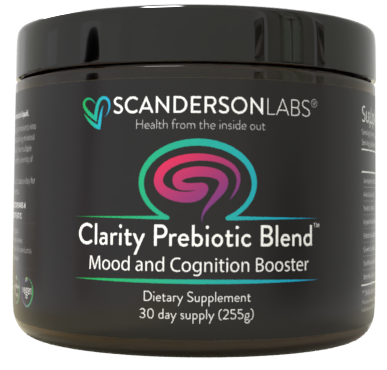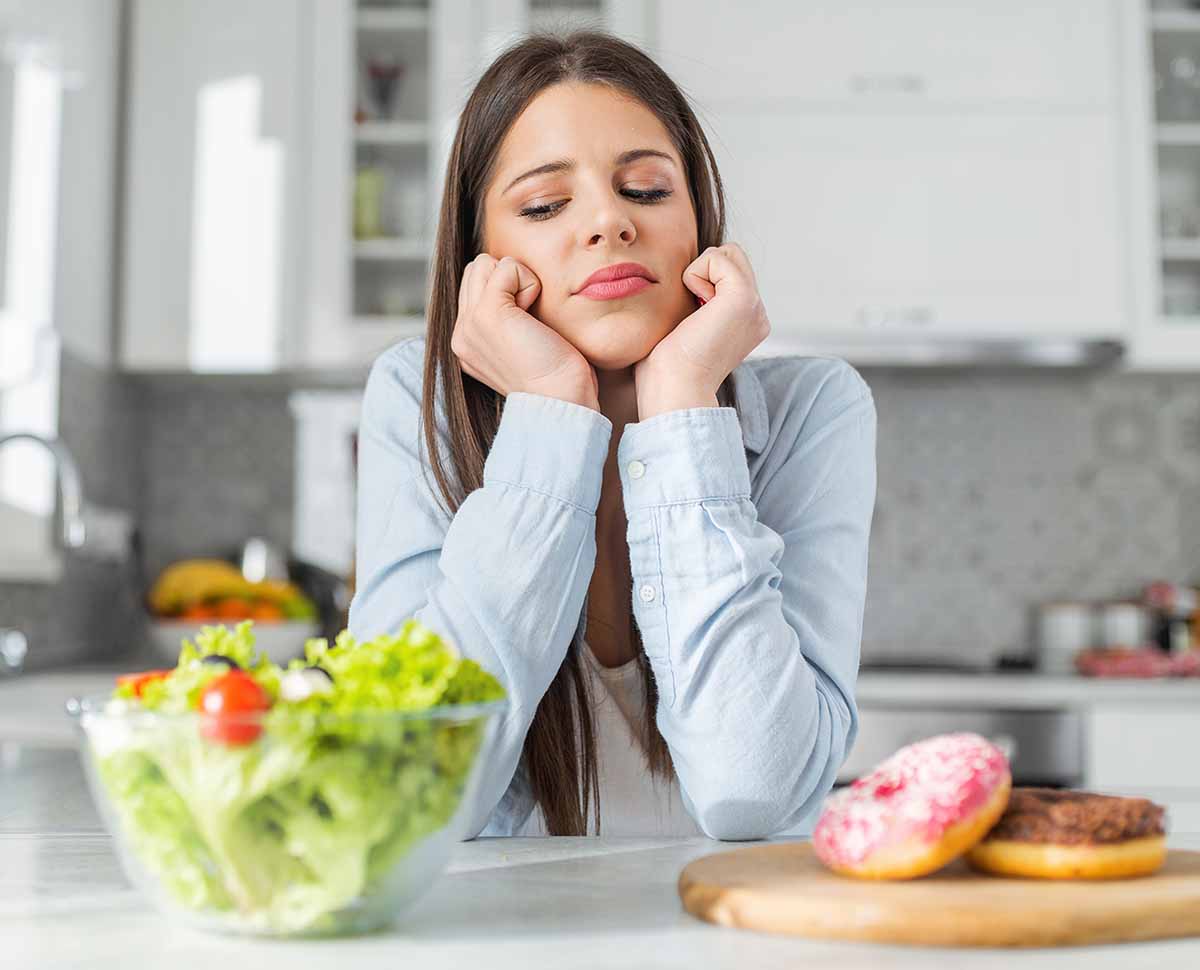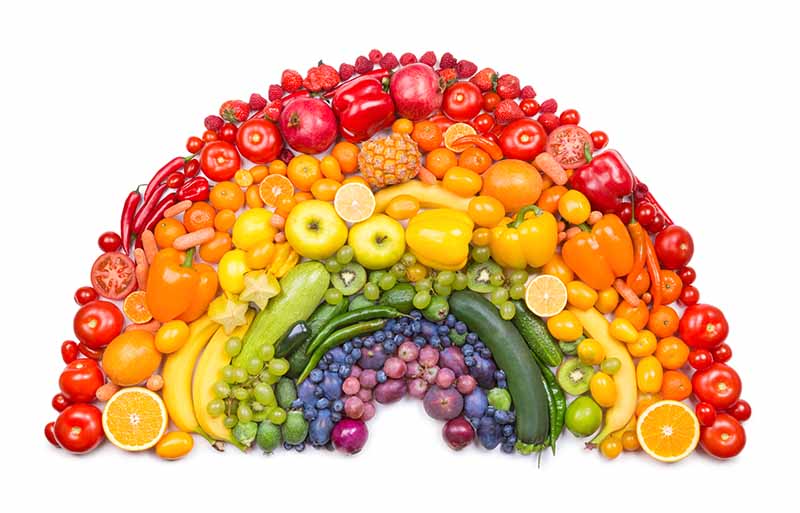Junk Food Is Delicious, Decadent—and Depressing
What is junk food? Like porn, it can be hard to define, but most of us know it when we see it. A numbered scale from the University of Sao Paulo called the NOVA Food Classification System brings some clarity to the issue, and it lets a lot of junkish food off the hook. According to NOVA, not all processed food counts as junk, which is a relief, since the entire middle of the grocery store is piled high with processed food. Not all processing is bad. Taking peanuts out of the shell counts as processing but doesn’t affect their nutrient value.
The NOVA system places minimally processed foods like shelled peanuts in group one. Group two includes foods further refined from group one foods, like peanut butter or maple syrup. Group three includes foods that have added salt, oil, or sugar to preserve them, like bacon or canned sardines.
As long as these foods aren’t your major edibles, they are mostly fine. Group four, ultra-processed foods, is where we find the real junk food. In this group, it can be hard to locate any actual foodstuff, as with candy, margarine, fruity yogurt, and soft drinks. Note that supposedly healthy food—yogurt—is on the junk list because some versions are crammed with sugar.
Many of these foods include chemically processed ingredients derived from corn or soy, which provide a reliable source of sugar, oil, and starch. In that process, the big loser is fiber, which is generally tossed out. From these basic refined foods, an impressive number of snacks can be manufactured. The manufacturers add salt and flavoring to make these items deliciously addicting. So good that you can’t have just one. So good that many people no longer desire fruit or veggies.
Then preservatives are added, creating a long shelf life that basically eliminates waste. This stability, coupled with cheap ingredients, leads to mighty profits. And that, dear reader, is why we find more and more junk food in our stores. Fresh veggies? They rot, and they are relatively expensive. Fiber? Who needs it? And so sadly, for many people, food comes from a factory, not a farm.
The truth about ultra-processed foods
A few things to note about ultra-processed food:
- It often uses poisonous chemicals in processing, most of which are recycled, but some of which escape into the environment, and some of which may linger in the snack.
- It extracts prebiotic fiber and protein to create a smooth and airy product.
- It creates hydrogenated trans-fats that are highly durable but raise bad cholesterol levels and increase the risk of heart disease, stroke, and type 2 diabetes.
- It includes preservatives and emulsifiers that can unbalance the beneficial microbes in your gut.
Different manufacturers will have different methods of processing foods, with some being so far from the original food source that it is hard to know if it is really food at all.
Manufacturers have tremendous marketing clout, putting farmers to shame. They know how to spot and exploit food fads. Pasta without gluten? Check. Eggs without yolks? Check. Cookies without fat? Check.
But isn’t this good for us? Aren’t we supposed to be eating less fat? After all, fats have nine calories per gram, more than twice the calories of sugar at four calories per gram. So fat should be avoided on a diet, right? Not so fast! In studies with mice on low-fat and high-fat diets, they found that both diets altered gut microbes in such a way that each group gained weight over and above a normal chow diet.
How is this possible? Here’s an example that shows the problem with simply taking the fat out. To keep it simple, we’ll start with an imaginary snack composed of three equally caloric portions of protein, fat, and sugar. At this point, sugar is one-third of the total calories. Now take out the fat, and you only have protein and sugar.
By simply extracting the fat, now the sugar accounts for half the total calories! But the resulting food is perceived as lacking in flavor and mouthfeel. So manufacturers typically add more sugar to compensate, kicking up the sugar content even more.
Without the fat, you don’t get normal feelings of fulness, so you tend to eat more. And that is how you convert a healthy food like yogurt into a processed gut bomb with low fat but massive quantities of sugar. Thus, low-fat food can be just as dangerous as high-fat food.
Both extreme diets affect your gut microbes, lowering diversity dramatically. Both diets contain less fiber than a normal diet—and this is a key to microbial damage. Fiber is a prebiotic that feeds your beneficial bacteria. In return, those bacteria produce short-chain fatty acids that nurture the cells lining the gut, keeping them in the pink of health. That keeps the gut from “leaking,” which can cause inflammation. Chronic inflammation is at the root of almost all non-communicable diseases, including diabetes, obesity, and mental problems from depression and anxiety to dementia. And so both low-fat and high-fat diets can unexpectedly lead to similar ranges of illness.

BUY ON AMAZON
In the same way that extracting fat increases sugar levels, extracting fiber increases both fat and sugar. But when you take out the fiber, you get such lovely and soft foods like white bread and angel food cake. Since prebiotic fiber is indigestible, what could be wrong with tossing it?
However, as we just mentioned, prebiotic fiber is digestible! Not by us, but by our gut microbes, many of which are dependent on it. These important microbes die off without daily fiber. Some scientists say that some of our most beloved microbes may even be going extinct as the fiber is systematically eliminated from our foods.
Key takeaways
For many people, junk food is comfort food. But that comfort is short-lived. In the long run, these foods can make you sick and depressed. It can be hard to switch to natural foods after the decadence of flavor-packed junk food. Many people don’t really know what broccoli even tastes like anymore.
The best part of being human, though, is learning new things. Like how to cook veggies to your taste. No more excuses! It’s time to visit the outer rings of your grocery store, where you can buy things that grow in dirt. Or visit a farmer’s market to really revel in freshness. If you can’t get enough veggies in your diet, try a prebiotic supplement. Your microbes will thank you by keeping your gut healthy, thus reducing inflammation and avoiding all the depressing maladies of humanity for a long, healthy, and happy life.
References
Hrncirova, Machova, Trckova, Krejsek, and Hrncir. “Food Preservatives Induce Proteobacteria Dysbiosis in Human-Microbiota Associated Nod2-Deficient Mice.” Microorganisms 7, no. 10 (September 23, 2019): 383.
Daniel, Noëmie, Laίs Rossi Perazza, Thibault V. Varin, Jocelyn Trottier, Bruno Marcotte, Philippe St-Pierre, Olivier Barbier, Benoit Chassaing, and André Marette. “Dietary Fat and Low Fiber in Purified Diets Differently Impact the Gut-Liver Axis to Promote Obesity-Linked Metabolic Impairments.” American Journal of Physiology-Gastrointestinal and Liver Physiology 320, no. 6 (June 1, 2021): G1014–33.



